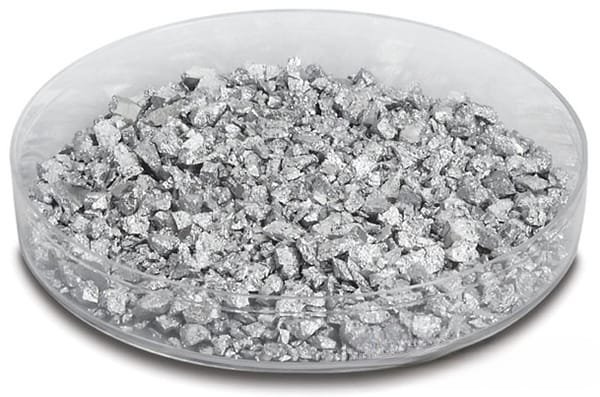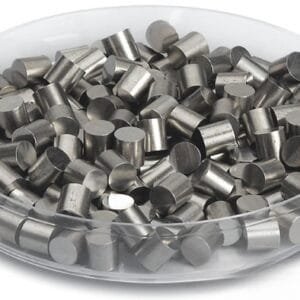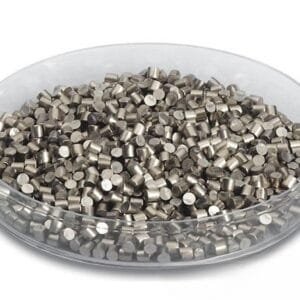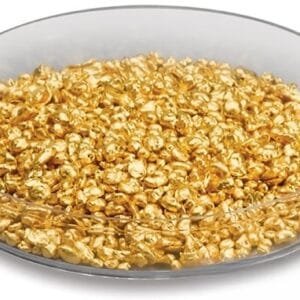Rhodium Evaporation Material Description
Rhodium, symbolized by Rh, is a silver-white, durable metal that belongs to the platinum group. Known for its exceptional reflectivity, rhodium has a melting point higher than platinum but a lower density. The platinum group also includes ruthenium, palladium, osmium, and iridium.
For achieving superior deposited films in various deposition processes, high-purity rhodium evaporation materials are crucial. TFM specializes in producing these materials with purities up to 99.99%, ensuring top-notch quality through stringent quality control measures.

Rhodium Evaporation Material Specification
| Material Type | Rhodium |
| Symbol | Rh |
| Melting Point | 1,966 °C |
| Color/Appearance | Silvery White Metallic |
| Melting Point | 1,966 °C |
| Theoretical Density | 12.41 g/cc |
| Thermal Conductivity | 150 W/m.K |
| Coefficient of Thermal Expansion | 8.2 x 10-6/K |
| Comments | E-beam gun preferred. |
| Synonyms | Rh Pellets, Rh Pieces, Rh Evaporation Pellet, Rhodium Pellets, Rhodium Pieces, Rhodium Evaporation Pellet |
Rhodium Evaporation Material Application
Rhodium evaporation materials are employed in a range of deposition processes, including semiconductor deposition, chemical vapor deposition (CVD), and physical vapor deposition (PVD). In optics, they are used for various purposes such as enhancing wear resistance, creating decorative coatings, and advancing display technologies.
Rhodium Evaporation Material Packaging
We handle our rhodium evaporation materials with great care to prevent any damage during storage and transportation. This meticulous approach ensures that our products maintain their original quality throughout their journey.
Get Contact
TFM offers rhodium evaporation materials in a range of forms, purities, sizes, and price points. We focus on producing high-purity e-beam evaporation materials, characterized by optimal density and minimal average grain sizes. For the latest pricing on evaporation pellets and other deposition materials not listed, please contact us directly with your inquiry.

 MSDS File
MSDS File



Reviews
There are no reviews yet.